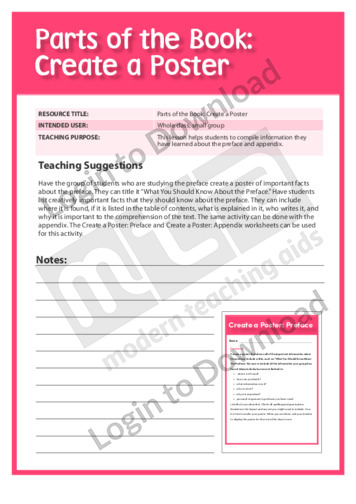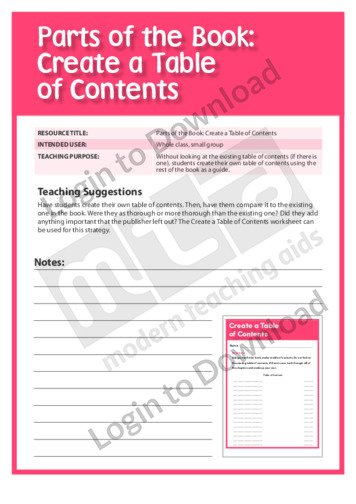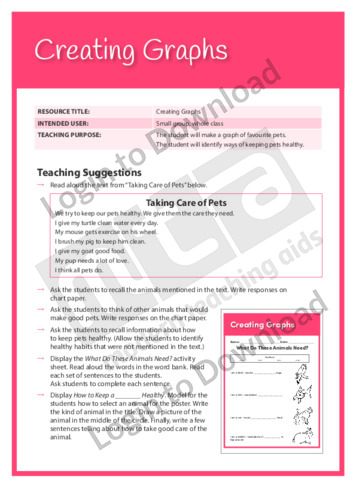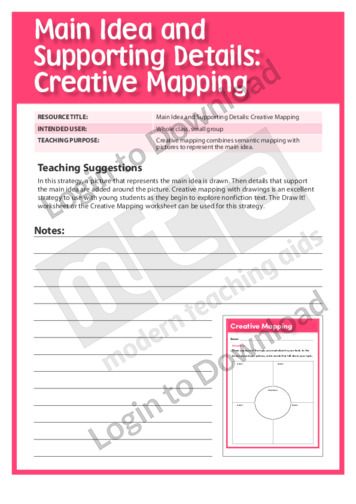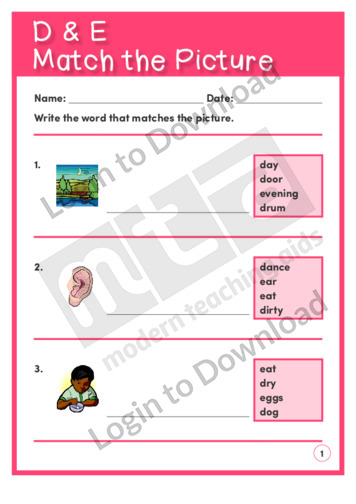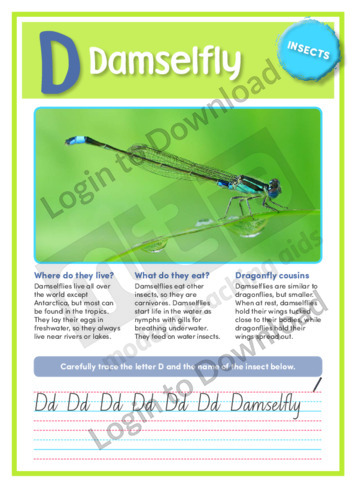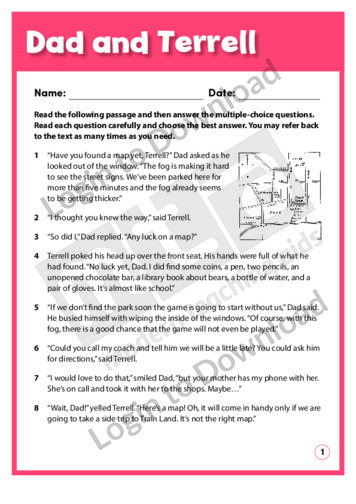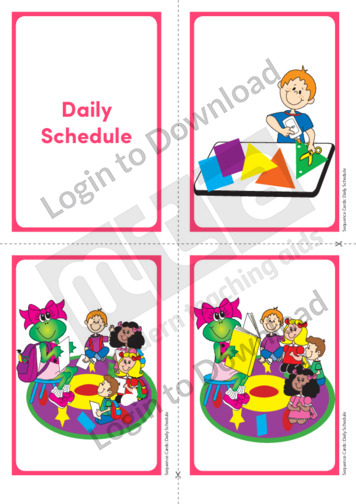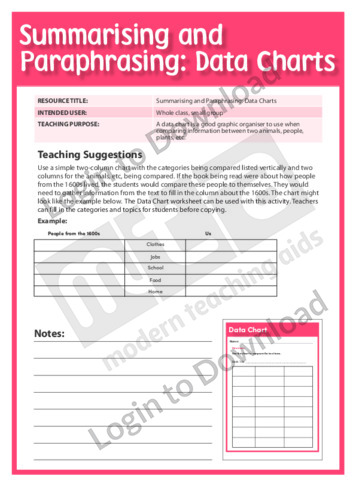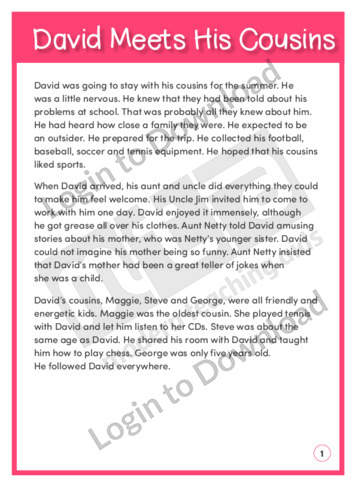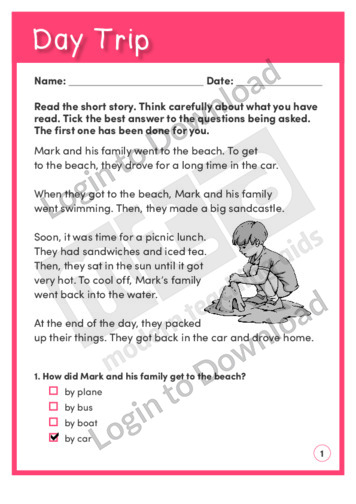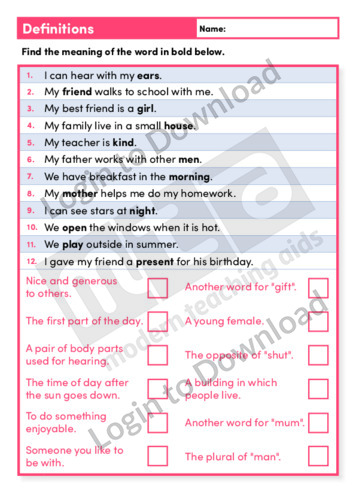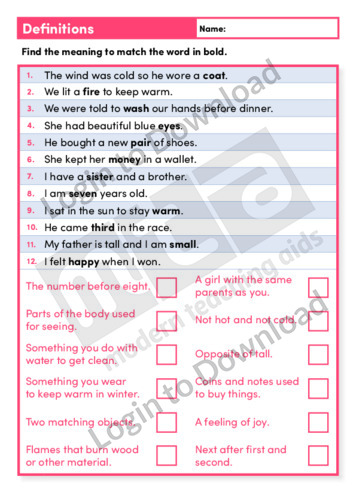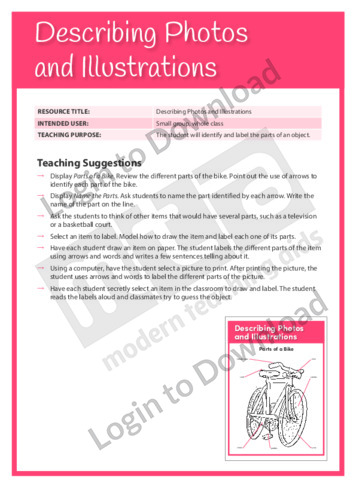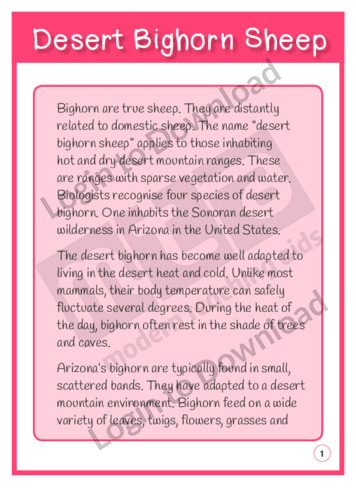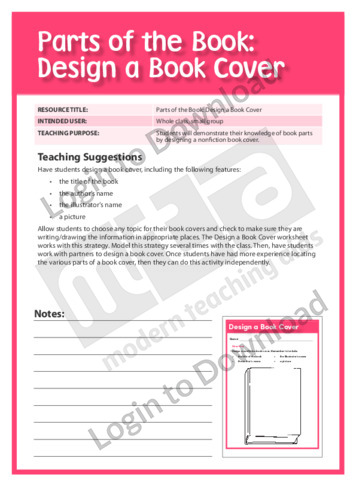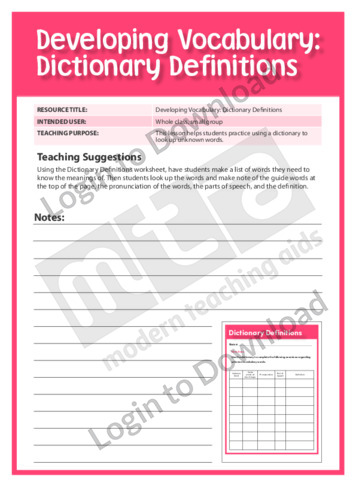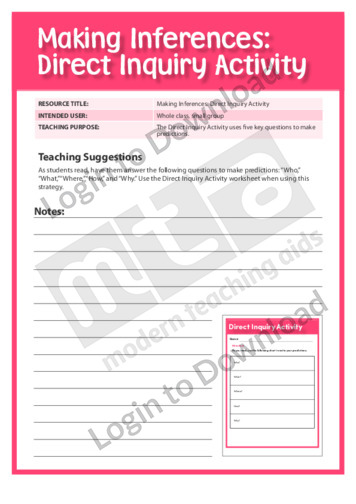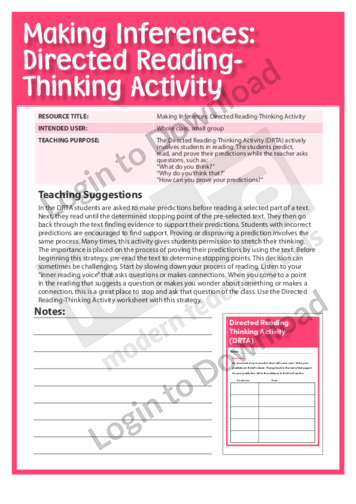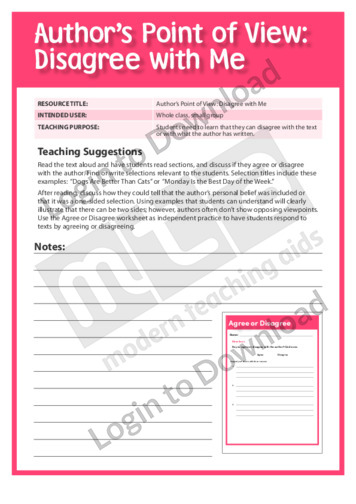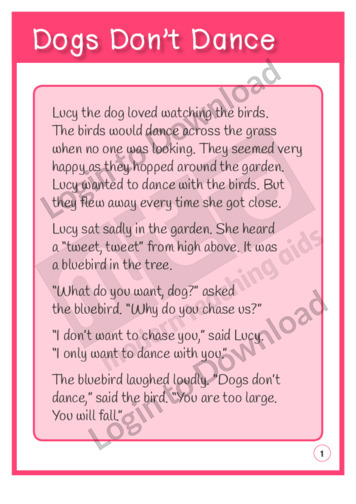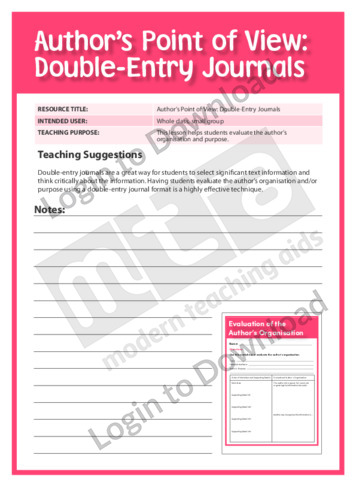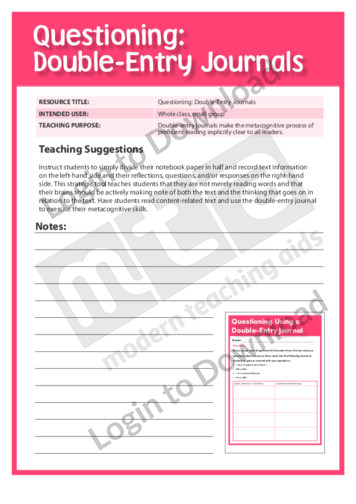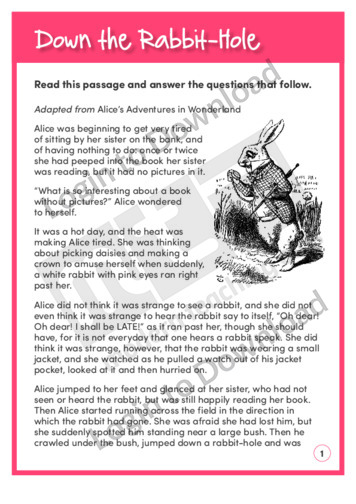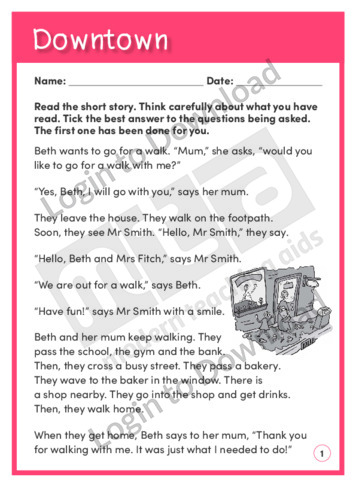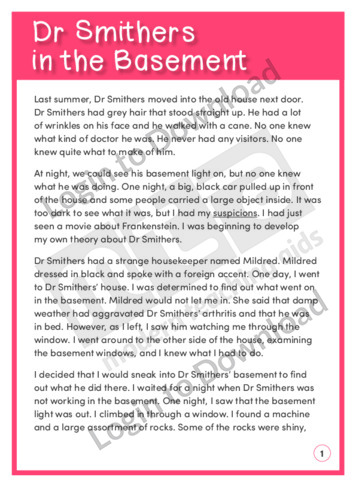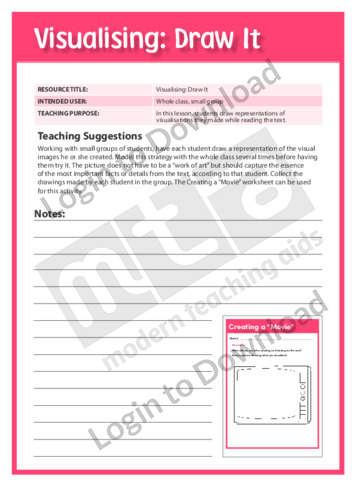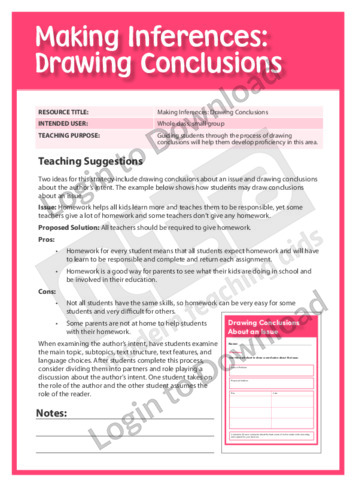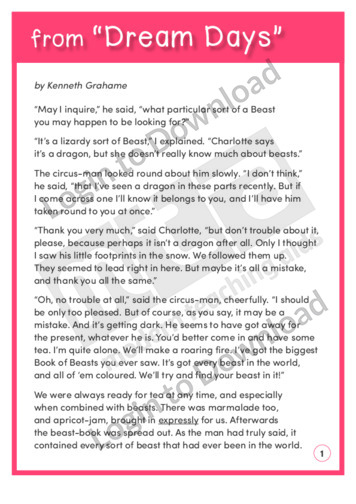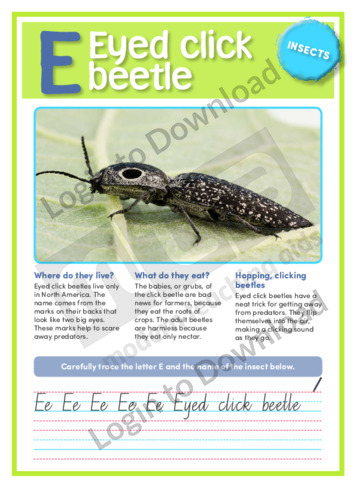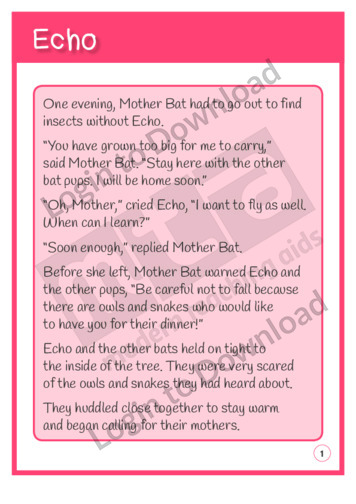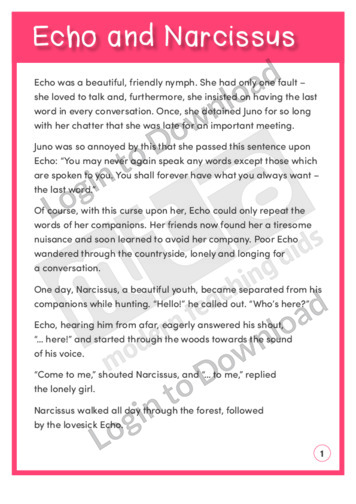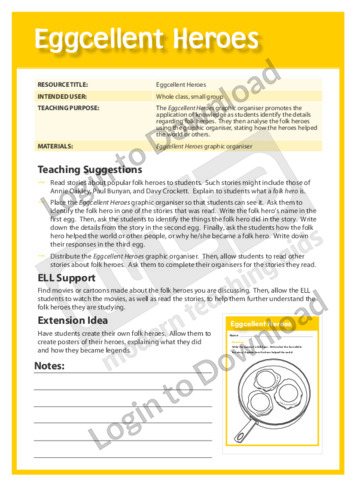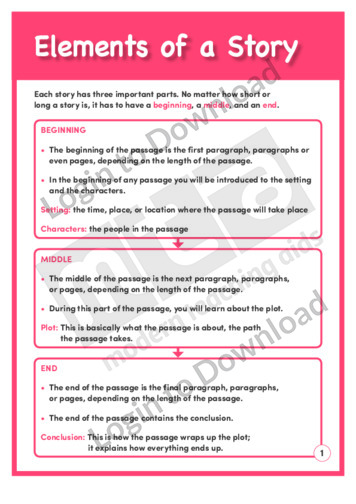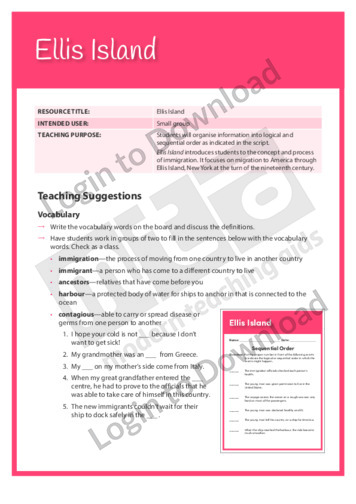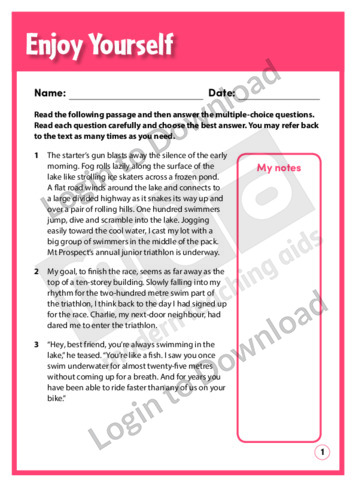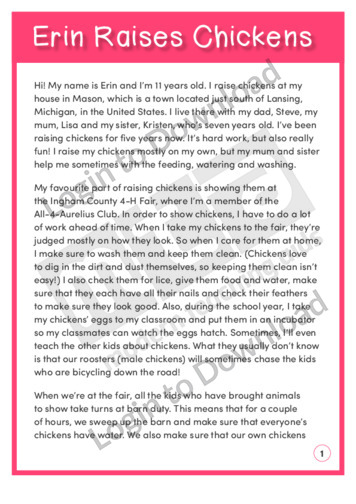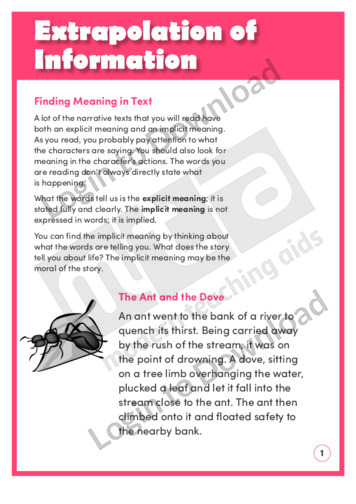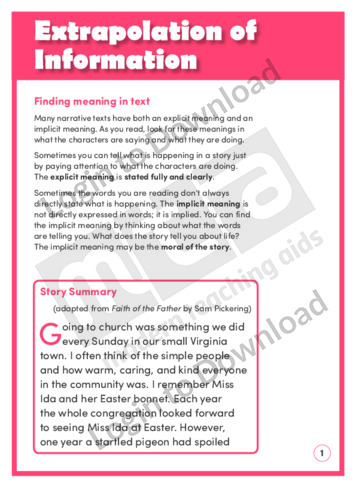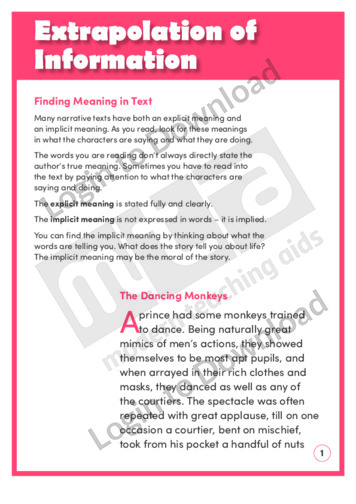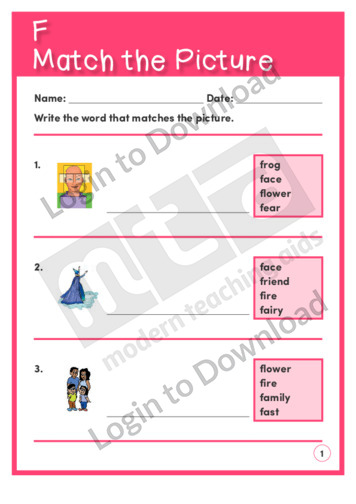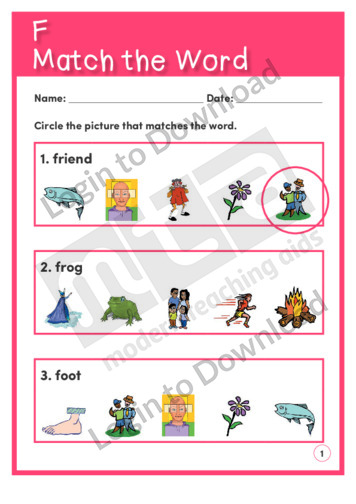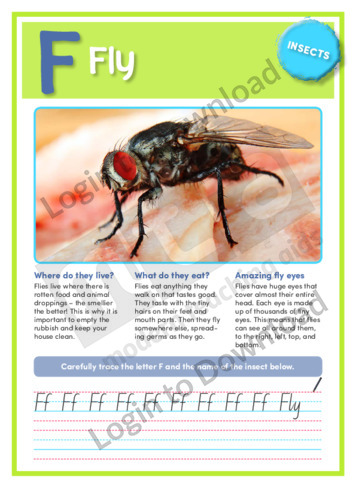This reading comprehension activity, ‘Crazy Colin, the Class Clown’ asks students to answer comprehension questions about a story in which a girl is not impressed with her brother who acts like the class clown during a school play. It is aimed at developing students’ awareness of semantics and encourages them to look critically at the …More
This content area reading learning activity, ‘Create a Poster,’ helps students compile information they have learned about the preface and appendix. It encourages students to make a poster listing creatively important facts that they should know about these parts of the book.
This content area reading learning activity, ‘Create a Table of Contents,’ reinforces students’ understanding of the table of contents. It has students create their own table of contents for a book they are reading and then compare it to the table of contents in the actual book.
This content area reading learning activity, ‘Create a Time Line,’ shows students how to create a time line. It is aimed at helping students to understand what happened in the text and when it happened by representing the events in sequence on a linear chart or time line.
This Writing Traits activity, ‘Creating Graphs’ encourages students to practise representing data.
This content area reading learning activity, ‘Creative Mapping,’ encourages students to organise the information they know about a subject. It is aimed at enhancing students’ comprehension of the text by having them create a visual representation of the subject being discussed.
This reading comprehension activity, ‘D-E – Match the Picture’ asks students to write words to match pictures that that start with the letters D and E. It is aimed at developing students’ awareness of the alphabet, sound-letter relationships and word knowledge.
This reading comprehension activity, ‘D-E – Match the Word’ asks students to identify words and pictures that start with the letters D and E. It is aimed at developing students’ awareness of the alphabet, sound-letter relationships and word knowledge.
This short nonfiction text, ‘D: Damselfly’ provides factual information about the Damselfly, exploring where they live, what they eat and other interesting facts. The resource also provides a photo of the insect and guided handwriting practice that can be used to supplement the informational text.
The story ‘Dad and Terrell’ is about a father and son who are in the car on their way to a game. Terrell has to find the map and help Dad find the way. The story provides opportunities for students to practise vocabulary and comprehension skills. Answer sheet provided with file download.
This sequencing activity, ‘Daily Schedule’ develops comprehension through sequencing images about class activities during the day.
The story, ‘Damper’ is told through letters between two friends, one at camp and the other at home helping his father at work. The story includes a recipe for a bread cooked over a campfire, and some discussion of fishing. They provide opportunities for students to practise vocabulary and comprehension skills. Answer sheet provided with …More
This content area reading learning activity, ‘Data Charts,’ helps students compare information. It is aimed at enhancing students’ comprehension of the text by having them gather important information to fill in their charts.
This reading comprehension activity, ‘David Meets His Cousins’ asks students to answer questions about a story in which a boy goes to stay with his cousins for the summer. It is aimed at increasing students’ awareness of semantics and encourages students to recall information, draw conclusions and form opinions.
This reading comprehension activity, ‘Day Trip’ asks students to answer questions about a short story, which is about a family spending the day at the beach. It is aimed at developing students’ awareness of semantics and encourages them to recall details from the text.
This reading activity, ‘Definitions’ provides opportunities for practice with matching common words to their descriptions.
This reading activity, ‘Definitions’ provides opportunities for practice with general vocabulary definitions.
This reading activity, ‘Definitions’ provides opportunities for practice with general vocabulary definitions.
This Writing Traits activity, ‘Describing Photos and Illustrations’ encourages students to identify and label the parts of an object.
This reading comprehension activity, ‘Desert Bighorn Sheep’ asks students to answer questions about desert bighorn sheep, which live in Arizona in the United States. It is aimed at increasing students’ awareness of semantics and encourages students to recall information and think about word meanings.
This content area reading learning activity, ‘Design a Book Cover,’ helps students demonstrate their knowledge of book parts. It is aimed at teaching students the importance of each feature of a book cover and its placement on the cover.
This content area reading learning activity, ‘Dictionary Definitions,’ helps students practice using a dictionary to look up unknown words. It has students look up unknown words in a dictionary and encourages them to take note of the guide words at the top of the page, the pronunciation of the words, the parts of speech and …More
This content area reading learning activity, ‘Did I Achieve My Purpose?’ helps students identify a purpose for reading. Then, once students have finished reading, they write an explanation of whether or not their purpose was achieved.
This content area reading learning activity, ‘Direct Inquiry Activity,’ helps students make predictions by answering five key questions. It is aimed at enhancing students’ comprehension by having them answer the questions ‘Who,’ ‘What,’ ‘Where,’ ‘How’ and ‘Why’ during reading.
This content area reading learning activity, ‘Directed Reading-Thinking Activity,’ helps students to make inferences while reading a text. It actively involves students in reading by having them predict, read and prove their predictions while the teacher asks questions.
This content area reading learning activity, ‘Disagree with Me,’ teaches students that they can disagree with the text or with what the author has written. It is aimed at helping students to become critical readers and to understand that authors often don’t show opposing viewpoints.
This reading comprehension exemplar, ‘Dogs Don’t Dance’ provides a model of a completed reading comprehension worksheet. It is aimed at increasing students’ awareness of semantics and encourages them to look critically at words in order to ascertain their particular meaning in context. It also encourages students to recall information.
This content area reading learning activity, ‘Double-Entry Journals,’ helps students evaluate the author’s organisation and purpose. It encourages students to select significant text information and think critically about the information.
This content area reading learning activity, ‘Double-Entry Journals,’ makes the metacognitive process of proficient reading explicitly clear to all readers. It is aimed at teaching students that they are not merely reading words and that their brains should be actively making note of both the text and the thinking that goes on in relation to …More
This reading comprehension activity, ‘Down the Rabbit-Hole’ asks students to answer comprehension questions about a story in which a girl named Alice follows a rabbit down a magical Rabbit-Hole. It is aimed at developing students’ awareness of semantics and encourages them to recall specific information from a narrative text, draw conclusions and think about text …More
This reading comprehension activity, ‘Downtown’ asks students to answer questions about a short story, which is about a girl and her mother who go for a walk. It is aimed at developing students’ awareness of semantics and encourages them to recall details from the text.
This reading comprehension activity, ‘Dr Smithers in the Basement’ asks students to answer questions about a story in which a man sneaks into Dr Smithers’ basement to find out what he does down there. It is aimed at increasing students’ awareness of semantics and encourages students to recall information, make predictions, draw conclusions and think …More
This content area reading learning activity, ‘Draw It,’ has students draw representations of visualisations they made while reading the text. It is aimed at enhancing students’ comprehension of the text by having them visualise key ideas.
This content area reading learning activity, ‘Drawing Conclusions,’ guides students through the process of drawing conclusions. It is aimed at helping students draw conclusions about an issue and about the author’s intent.
This quick reference chart ‘Drawing Conclusions’ helps students to identifying the meaning of what they have read. It is aimed at encouraging students to deconstruct texts in order to gain a deeper understanding of their purpose, then put this together with what they already know about a topic to draw conclusions about texts.
This understanding text exemplar ‘Drawing Conclusions’ shows students the steps to follow to draw a conclusion about something they have read. It is aimed at encouraging students to deconstruct texts in order to gain a deeper understanding of their purpose, then put this together with what they already know about a topic to draw conclusions …More
This reading comprehension activity, ‘Dream Days’ asks students to answer questions about a story by Kenneth Grahame. It is aimed at increasing students’ awareness of semantics and encourages students to recall information, form opinions and think about word meanings.
The report, ‘Driving Cattle to Market’ describes the cattle drives of the American south in the 1860s to 1880s, when cattle had to be herded for long distances by cowboys to reach the trains that would take them to market. It provides opportunities for students to practise vocabulary and comprehension skills. Answer sheet provided with …More
This short nonfiction text, ‘E: Eyed click beetle’ provides factual information about the Eyed click beetle, exploring where they live, what they eat and other interesting facts. The resource also provides a photo of the insect and guided handwriting practice that can be used to supplement the informational text.
This reading comprehension activity, ‘Echo’ asks students to answer questions about a story of Mother Bat and her baby. It is aimed at increasing students’ awareness of semantics and encourages students to recall information and draw conclusions.
This reading comprehension activity, ‘Echo’ asks students to answer questions about a story of a young bat and his mother. It is aimed at increasing students’ awareness of semantics and encourages students to recall information, draw conclusions and think about word meanings.
This reading comprehension activity, ‘Echo and Narcissus’ asks students to answer questions about a story in which Echo and Narcissus both die of grief. It is aimed at increasing students’ awareness of semantics and encourages students to recall information, draw conclusions, form opinions and think about word meanings.
This reading comprehension activity, ‘Edward the Brave’ asks students to answer questions about Edward Kennedy, Jr, who overcame childhood cancer. It is aimed at increasing students’ awareness of semantics and encourages students to recall information, make predictions and draw conclusions.
This graphic organiser, ‘Eggcellent Heroes’ supports students to identify details from stories about folk heroes.
This sequencing activity, ‘ El Senor Don Gato’ develops comprehension through sequencing images about the story of El Senor Don Gato.
This quick reference chart ‘Elements of a Story’ helps students to identify the structure and genre of a story. It is aimed at introducing students to the functional organisation of texts in order to gain a deeper understanding of their parts – beginning, middle, end – and each part’s purpose – establish setting and characters, …More
This quick reference chart ‘Elements of a Story’ offers guidance on the sequence of a story. It is aimed at introducing students to the functional organisation of texts in order to gain a deeper understanding of their parts – beginning, middle, end – and each part’s purpose – establish setting and characters, plot development and …More
This Readers Theatre activity, “Ellis Island” encourages students to organize information into logical and sequential order. It also builds reading fluency. This activity includes a script for 5 readers.
The narrative, ‘Enjoy Yourself’ is told as a girl goes through each stage of a triathlon race, trained and coached by her friend. It provides opportunities for students to practise vocabulary and comprehension skills. Answer sheet provided with file download.
This reading comprehension activity, ‘Erin Raises Chickens’ asks students to answer questions about a girl named Erin who raises and shows chickens. It is aimed at increasing students’ awareness of semantics and encourages students to recall information, draw conclusions and form opinions.
This content area reading learning activity, ‘Examining Multiple Texts,’ motivates students to examine multiple texts. It has students preview three different texts and think about how the text would help them to achieve their purpose for reading.
This content area reading learning activity, ‘Extend Prior Knowledge,’ helps to extend and enrich students’ prior knowledge about a subject. It is aimed at deepening students’ understanding of a topic by having them make connections to what they already know as they are reading.
This quick reference chart ‘Extrapolation of Information’ explains the difference between directly and non-directly stated meaning in text. It introduces students to the principles of layered storytelling and explains how to identify the explicit meaning, as well as the implicit meaning of a text, which is often the underlying theme or moral of the story, …More
This quick reference chart ‘Extrapolation of Information’ guides students in finding the implicit and explicit meaning of a fable. It introduces students to the principles of layered storytelling and uses a practical example to explain how to identify the directly stated meaning, as well as the not-directly stated meaning, which is often the underlying theme …More
This finding meaning in text exemplar ‘Extrapolation of Information’ shows students how to find the implicit and explicit meaning of a narrative text. It introduces students to the principles of layered storytelling and uses a practical example to explain how to identify the directly stated meaning, as well as the not-directly stated meaning, which is …More
This finding meaning in text exemplar ‘Extrapolation of Information’ shows students how to find the implicit and explicit meaning of a narrative text. It introduces students to the principles of layered storytelling and uses a practical example to explain how to identify the directly stated meaning, as well as the not-directly stated meaning, which is …More
This reading comprehension activity, ‘F – Match the Picture’ asks students to write words to match pictures that that start with the letter F. It is aimed at developing students’ awareness of the alphabet, sound-letter relationships and word knowledge.
This reading comprehension activity, ‘F – Match the Word’ asks students to identify words and pictures that start with the letter F. It is aimed at developing students’ awareness of the alphabet, sound-letter relationships and word knowledge.
This short nonfiction text, ‘F: Fly’ provides factual information about the Fly, exploring where they live, what they eat and other interesting facts. The resource also provides a photo of the insect and guided handwriting practice that can be used to supplement the informational text.
It�s that easy!


